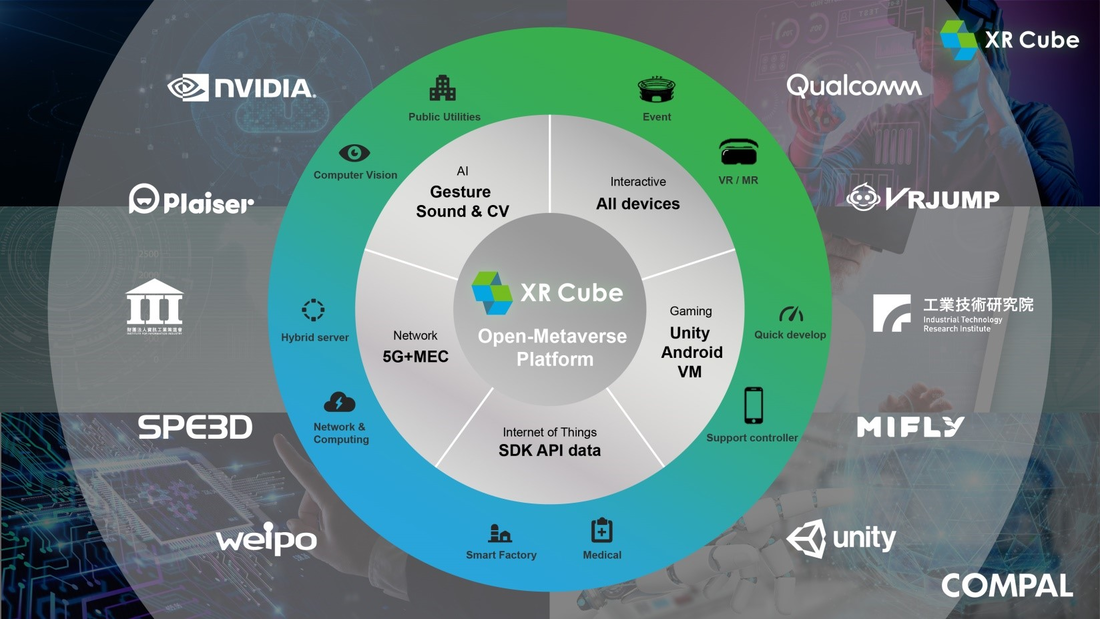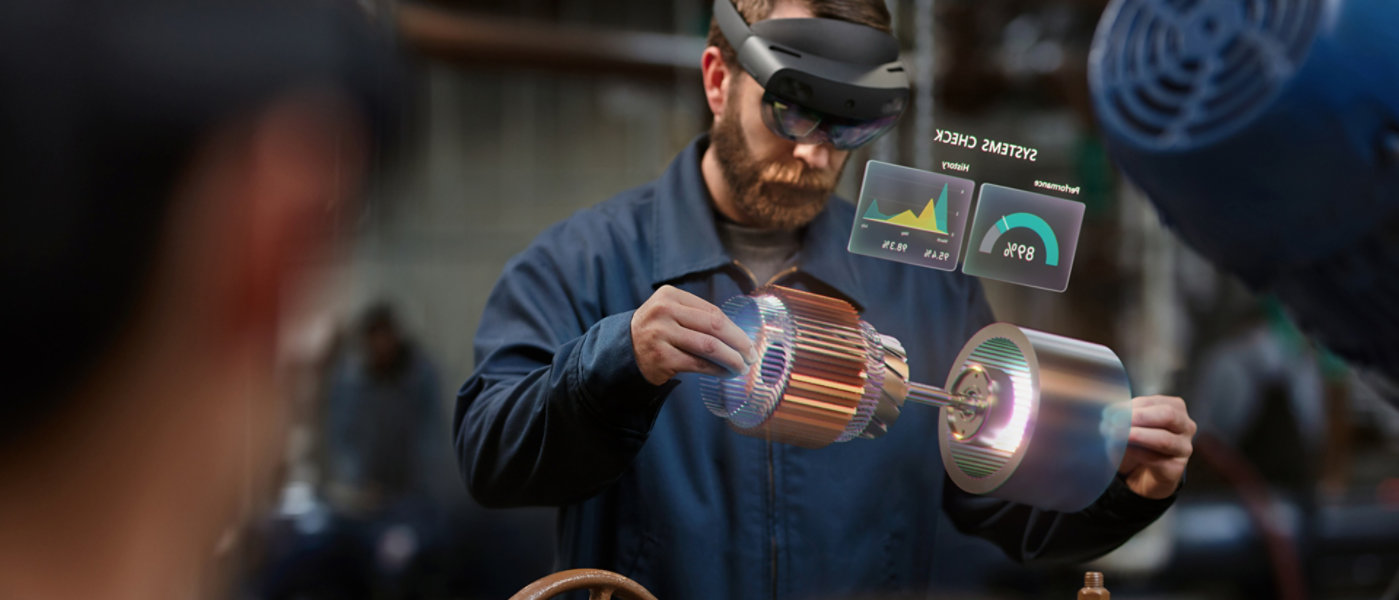The Meta-Hype Continues…
Lots of statistics about XR (Extended Reality and its growth rate over the next few years and a mention of Compal’s own 5G ‘hybrid reality’ glasses (released last year) follow in the PR, but we were more interested in what the XR Cube Open Cloud Metaverse platform actual is. Compal is trying to build what it calls a “Meta-cosmic ecosystem” (a new Meta every day keeps the doctor away) which is actually a service that is trying to consolidate all of the cloud or edge infrastructure needed by Metaverse developers. In the case of new partner Nvidia, it would mean incorporating Nvidia’s Cloud XR platform which delivers streaming AR/VR across 5G and Wi-Fi from data center or edge networks to Android and Windows devices.
Compal shows a graphic with a variety of names surrounding potential users and some of the structure needed to bring the world into the Metaverse, although some, such as Qualcomm (QCOM) were really part of the Compal 5G service, with the remainder being various VR/AR software developers and application providers. Compal cites one of those partners, who will be able to create an interactive personal universe experience (aka UGC or user generated content) in real time using the XR Cube API, (we note the use of ‘will be’) and will not have to adapt the process to each VR platform, so what it comes down to is Compal is providing a development interface that would help to smooth the ability of Metaverse content developers to generate real-time Metaverse content.
Given that there are a multitude of Metaverse content creation tools like Unreal Engine (pvt), Sumerian (AMZN), Maya (ADSK), Blender (pvt), and Unity (U) and no basic platform for the Metaverse, like there are for search and social media, the field for helping developers do more than just create a game or virtual world is wide open. That said, companies like Amazon and Google (GOOG) have such a significant amount of computing infrastructure that they will inevitably dominate the space. In the interim, we expect the Compal’s of the world to provide as much connectivity help as possible to developers to help the Metaverse get real-time traction. That said, most important would be improving VR hardware, as without high quality and physically usable VR displays, the Metaverse will be limited to a small subset of internet users.








 RSS Feed
RSS Feed